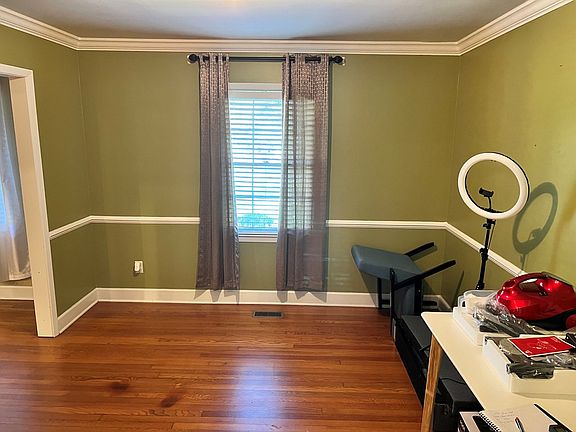

In addition to sizing the piping and pumps to the correct flow velocity, care must also be taken to avoid water hammer and excessive surge pressures. This also maintains the flow velocity in the smaller return piping at or below the manufacturer’s or CDA’s recommendations.
#Aquaterm valdis5a fa install#
To hydraulically balance a DHWR-system and ensure the required flow rate for each area of the building, it is necessary to install hydraulic-balancing-valves in every circulating loop throughout the complete system. Higher levels of total copper indicate that the copper pipe is corroding /eroding due to system and/or water conditions. These levels should not exceed 0.1 mg/L (ppm). When adding PP-R, RP(RCT) to an existing copper system in a DHWR-application, the level of copper in the water should be tested. If the copper fails, it may degrade O-rings, gaskets, PP-R, RP(RCT) and other components as well, shortening their service life. Small amounts of copper or brass in valves and other equipment will generally not cause an issue.

If some copper remains as part of the system, strictly follow the rules and guidelines of the Copper Development Association (CDA Publication A4015-14/16: The Copper Tube Handbook) regarding flow rates and water conditions. When re-piping an existing DHWR-system originally installed in copper tubing, ensure all possible copper is replaced. The CDA Publication A4015-14/16 – The Copper Tube handbook – limits the velocity in DHWR system to similar rates. to DIN 2000)Īccording to some regulations and codes, flow rates in a DHWR system should not exceed 0.5 m/s (1.5 ft/sec) anywhere in the system, except in some special cases where velocities up to 1 m/s (3 ft/sec) are needed to achieve proper flow temperature. (See Aquatherm green pipe catalogue – table: permissible working pressure potable/drinking water – Fluid transported: water acc. Importantly, the maximum temperature used must not exceed the rating of the pipe for the operating pressure. There are some exceptions to this such as the process of thermal disinfection in health care facilities where temperatures of 70☌ (160☏) or higher can be applied for short periods of time throughout the pipe system. Some regulations and codes further restrict the temperature at any fixture to a maximum of 50☌ (120☏). Damage caused by copper in the water resulting from erosion/corrosion or other degradation of copper components in the DHWR system will void the Aquatherm warranty.Īccordingly, and as mandated by various regulations and codes in DHWR systems, it is considered good design and operational practice to ensure that the maximum HW-temperature within any part of the system / loop does not exceed 60☌ (140☏).

Sustained high levels of copper in DHWR piping can damage components within the system, even PP-R, RP(RCT). Environmental Protection Agency (EPA), World Health Organization (WHO), Federal Ministry of Justice and Consumer Protection of Germany). This will also help ensure that the copper levels in the water do not approach the regulatory action levels recommended by independent institutions (e.g. Aquatherm recommends following the Copper Development Association guidelines (CDA Publication A4015-14/16: The Copper Tube handbook – for sizing, temperature and flow velocity in copper tubing. When there is copper piping used in conjunction with PP-R, RP(RCT) in a DHWR system, care should be taken to ensure the operating conditions will not cause degradation or erosion/corrosion of the copper. The domestic Hot Water Recirculating System includes all portions of the DHW system where the water is being circulated, including supply and return piping and any components other than end-of-line fixtures. And, while Aquatherm pipe does not require treatment to protect it from corrosion, metals (ferrous and non-ferrous) in the system may be susceptible to corrosion.ĭo not mix Aquatherm pipe with other piping systems in conditions that will cause the other system or components to fail. All parts of the system must be verified as compatible with the medium being carried before installing them. When integrating Aquatherm piping systems with other systems or components not made of PP-R, RP(RCT) 4 (e.g., components not made of PP-R, RP(RCT) like valves, pumps, other piping, check valves, strainers, etc.), care must be taken to ensure the operating parameters for PP-R, RP(RCT) won’t damage the other materials or vice versa.īe aware that even if the Aquatherm pipe is compatible with the fluid being transported, other materials in the system may not be. Integration of Other Systems or Components with Aquatherm Piping for Pressure Pipe Applications


 0 kommentar(er)
0 kommentar(er)
